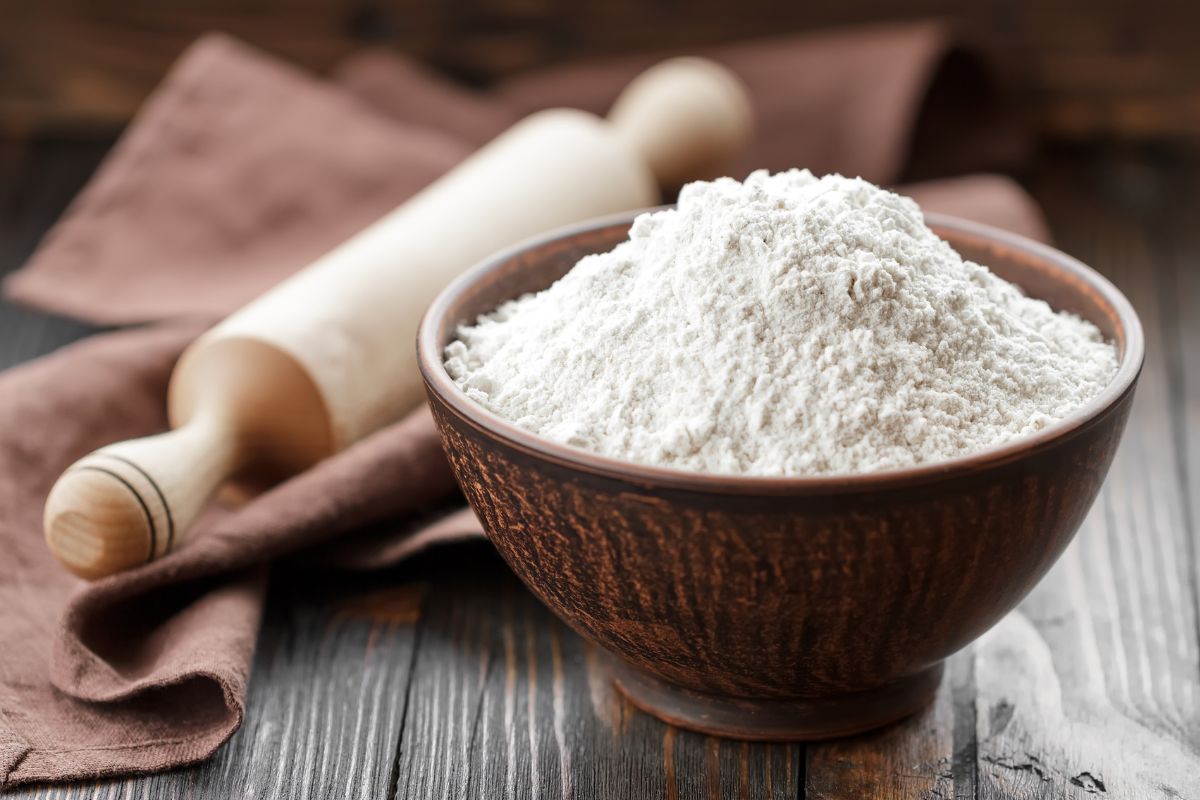When it comes to French baking, there is just no substitute for French flour. Whether you’re a professional French baker or a beginner, you’ll want to understand the different types of flour available and their unique impact on the end product.
After all, the quality of your product depends on the quality of the ingredients you use. Keep on reading to learn all about French flours, and why they’re so important for French baking.
Types of Flour Used in French Baking
We all know that French bread is legendary for its light and fluffy texture, but did you know that the key to achieving this texture lies in using the right type of French flour?
In France, the most commonly used flour types are bakers’ flour, cake flour, and pastry flour.
Bakers’ flour is the go-to option for classic French bread recipes – like baguettes and brioche. Cake flour and pastry flour, on the other hand, are used for creating delicate desserts and pastries.
Popularity of French Flour
When it comes to French baking, French flours are becoming increasingly popular. And not just in France – they’re being sought after around the world.
French flours are prized for their unique ability to create light and fluffy baked goods. Many professional chefs and bakers swear by French flour and some prefer to use nothing else.
The Different Grades of Flour Available
When it comes to French flours, there are many different grades available – each with its own unique properties. For example, the classic ‘T65’ grade is the most widely used and can be used for a variety of different recipes.
Other grades, like ‘T45’ and ‘T110’, are used for specialty recipes and can be harder to find.
The Impact of Climate on Flour Choice
Just like any other ingredients, the climate can have an impact on the type of flour you use.
In France, for example, bakers tend to use lower-gluten flour when baking for warmer climates, as it helps the dough rise better and results in greater volume.
Benefits of Using French Flour
The biggest benefit of using French flour is its light and fluffy texture. French flours have a unique mix of proteins and starches which give them their signature lightness and rise.
They also make for a more flavorful final product, as they absorb flavor well.
Understanding the Different Types of French Flours
As we’ve already mentioned, there are a few different types of French flours available, each of which has its own distinct character. It’s important to understand the various types of flours so you know which one is best for which recipe.
Bakers’ flour, for example, is ideally suited for classic French bread recipes. Cake flour and pastry flour, on the other hand, are ideal for delicate pastries and desserts.
Important Considerations When Choosing French Flour
When choosing French flours, there are a few considerations to bear in mind.
Firstly, consider the climate in which you’re baking – this will affect the type of flour you use. Secondly, think about the texture and flavor of your finished product – different flours will produce different results.
Finally, remember to store your flours correctly so they don’t spoil.
Alternatives for French Bakers Who Can’t Obtain French Flour
If you can’t get your hands on French flours, there are a few alternatives available. You can try using other kinds of flour, such as all-purpose flour or spelt flour.
You can also opt for non-traditional methods, such as using a bread machine or pre-mixed flours.
Conclusion
So, there you have it – a comprehensive guide to understanding French flours. As you can see, French flours are essential for creating light and fluffy French baked goods.
We hope this post has given you a better understanding of French flours and how to use them for the best results. Bon appétit!

